The Metaverse and Its Impact on 3D Artists
3D designers are at the forefront of this emerging creator economy. Learn how to excel in changing times as a 3D artist.
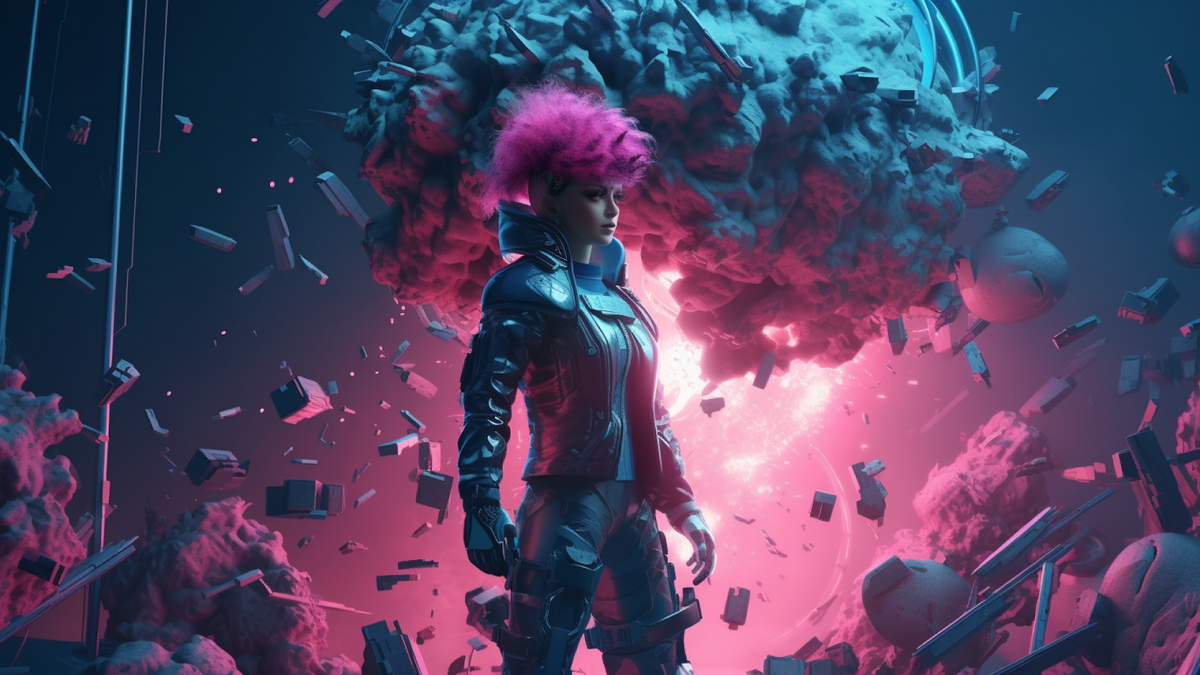
These are not simple times for 3D artists but they sure are exciting.
Let’s talk about the challenges first. Staying on top of new tools and technologies is definitely a challenge, especially with how fast things change. And let's be real, the competition can be intense with so many talented artists out there. It's a delicate balance trying to create something unique and innovative while meeting expectations of the stakeholders and generating value for your work .
To brighter things now. The avenues for 3D art and animation are growing with developments in automation and AI. Moreover, revolutions like the metaverse could potentially bring 3D designers at the forefront of this emerging creator economy that is poised to be at US$ 426.9 billion by 2027. Why do we say that?
Tapping Into the Metaverse
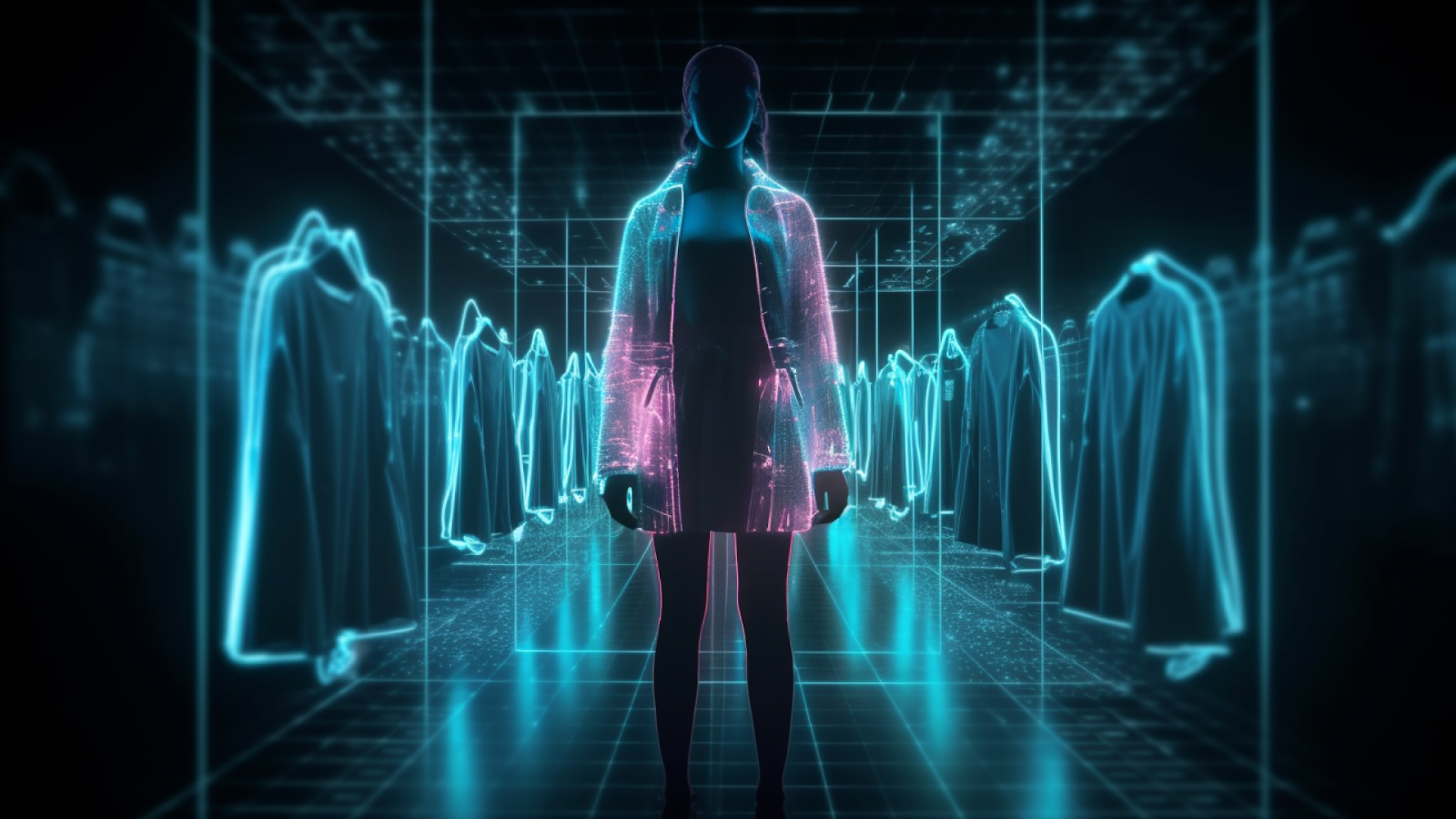
Digital assets: In the Metaverse, 3D artists can create and sell 3D models, avatars, animations, and other digital assets that can be used in these virtual environments. This opens up new opportunities for monetization, as the demand for these assets is expected to grow as the Metaverse becomes more popular.
Virtual environments: In the Metaverse, 3D artists can create virtual environments, characters, and storylines that are tailored to the needs of their clients or customers. This opens up new avenues for commercial opportunities, as businesses and individuals look for ways to stand out in the crowded Metaverse.
NFTs and other blockchain tech: NFTs are unique digital assets that are stored on a blockchain and can be bought, sold, and traded like physical assets. In the Metaverse, NFTs can be used to represent virtual assets, such as digital art or virtual real estate. This provides new opportunities for 3D artists to monetize their creations, as NFTs provide a new way to sell digital assets and secure their ownership.
Collaboration and networking: The Metaverse provides a platform for 3D artists to connect with one another and with clients, enabling them to share ideas and collaborate on projects. This opens up new opportunities for collaboration and helps to build a strong community of artists who can work together to push the boundaries of what is possible in the digital world.
Venturing beyond gaming and films
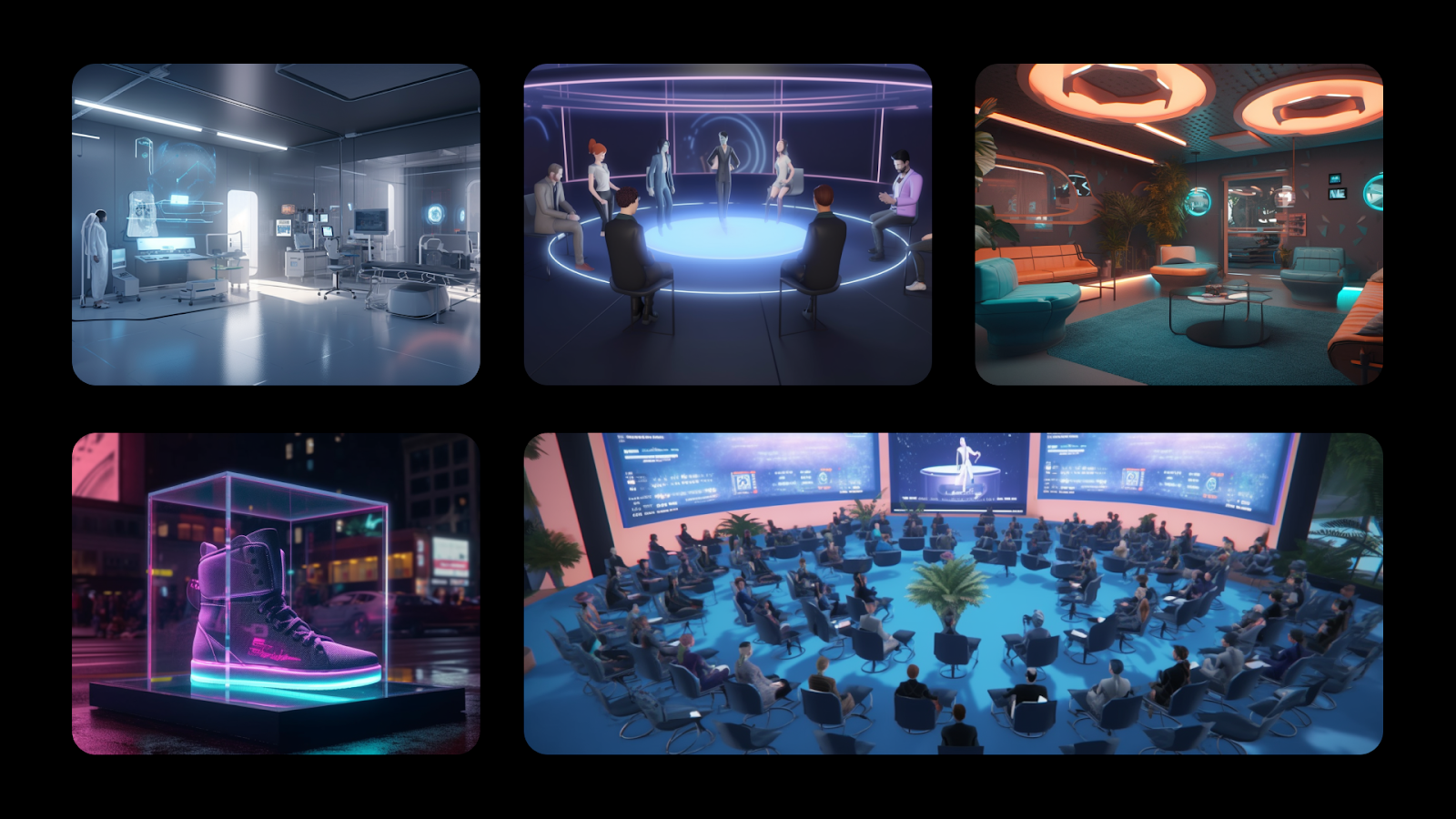
3D artists have long been in high demand in the gaming and movie industries, but as technology continues to evolve and new applications for 3D art emerge, talented 3D artists are going to be sought after for creative applications in other industries. There are several industries that are likely to need more 3D artists as the Metaverse comes to life. Some of these include:
Architecture and interior design: The Metaverse provides a platform for architects and interior designers to create virtual environments and designs. This will likely increase the demand for 3D artists who can create realistic, 3D models and animations of buildings, homes, and other structures.
Education and training: With the rise of the Metaverse, there is likely to be a growing need for 3D artists in the education and training industries. 3D artists will be needed to create virtual environments and simulations for educational and training purposes.
Real estate: The Metaverse offers a platform for real estate agents and developers to showcase their properties in a virtual environment. This will likely increase the demand for 3D artists who can create virtual representations of properties and help to bring them to life in the digital realm.
Healthcare: The Metaverse provides a platform for healthcare providers to create virtual simulations and training environments for medical procedures. This will likely increase the demand for 3D artists who can create realistic, detailed models of anatomy and medical equipment.
Retail and e-commerce: As more businesses move online, there is likely to be a growing demand for 3D artists who can create virtual representations of products and environments for e-commerce and retail websites.
Advertising and marketing: The Metaverse offers a platform for advertisers and marketers to create immersive and engaging experiences for their target audience. This will likely increase the demand for 3D artists who can create digital assets and environments for these experiences.
But, how will you become metaverse-ready?
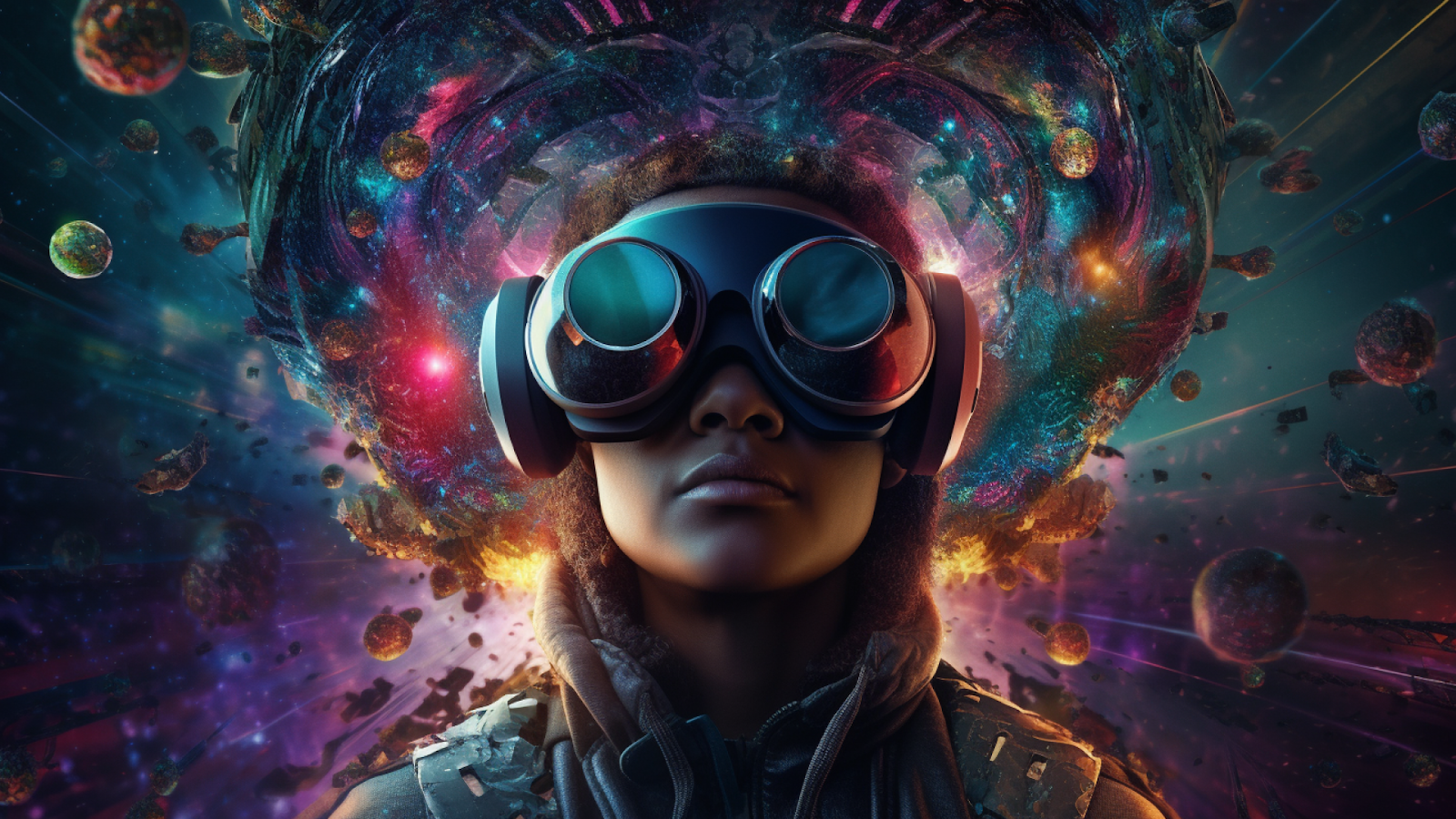
For 3D artists to succeed in the metaverse, they will need to be proficient in a variety of tools and technologies. Here are a few essential ones:
3D Modeling Software: A working knowledge of software such as Blender, Maya, and 3ds Max are essential for creating 3D models, characters, and environments.
Sculpting Software: Mastering sculpting tools such as ZBrush and Blender can help to add intricate details to models.
Texturing Software: Software such as Substance Painter and Substance Designer are used to create and apply textures to 3D models to make them more lifelike
Motion capture: Capturing the movement of live actors and transferring it to digital characters. This is becoming increasingly important in the metaverse as it allows for more realistic and lifelike movements in digital environments.
Character Animation: This includes creating realistic movements, expressions, and behaviors for digital characters. As the metaverse continues to grow, it will be increasingly important for 3D artists to be able to create convincing digital characters that can interact with users in a believable way.
Advanced Lighting and Shading Techniques: These include techniques such as global illumination, ambient occlusion, and subsurface scattering, which all contribute to creating a more believable and immersive digital environment.
Real-time Engines: Knowledge of real-time engines such as Unreal Engine and Unity will be essential for creating 3D content for the metaverse, as it requires high-quality, real-time rendering capabilities.
Virtual Reality (VR) and Augmented Reality (AR) Technology: Familiarity with VR and AR technologies such as Oculus, HTC Vive, and Hololens will be important for creating immersive experiences in the metaverse.
Game Development: Familiarity with game development and the principles of game design will be important for creating interactive and engaging 3D content in the metaverse.
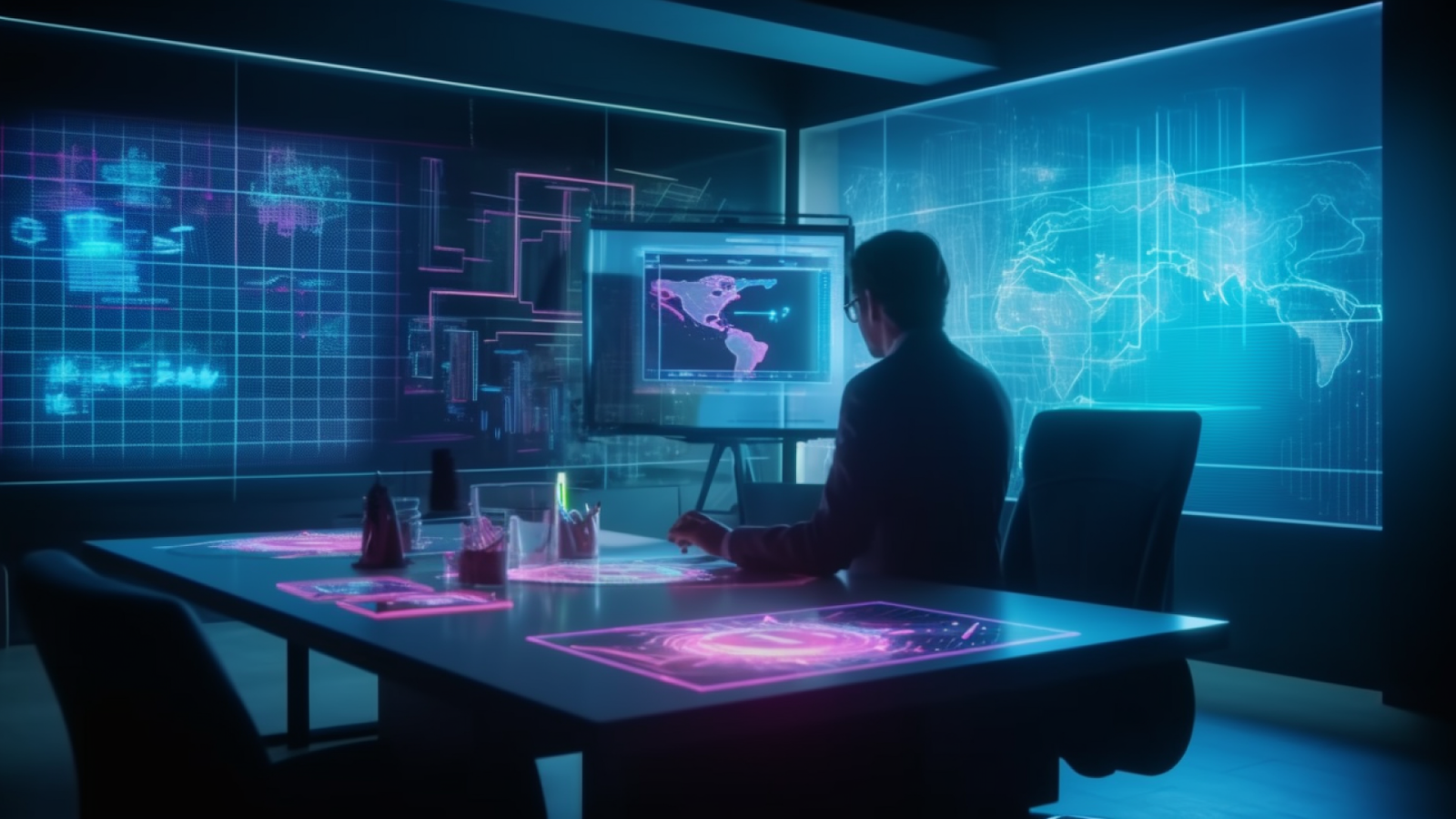
The Metaverse is not just the future of entertainment and leisure, it is also the future of work and commerce. As the Metaverse continues to evolve, it is clear that 3D artists will play a critical role in its success. By providing the digital assets and experiences that make the Metaverse come to life, 3D artists will help to shape its future and create new opportunities for themselves and for others.

